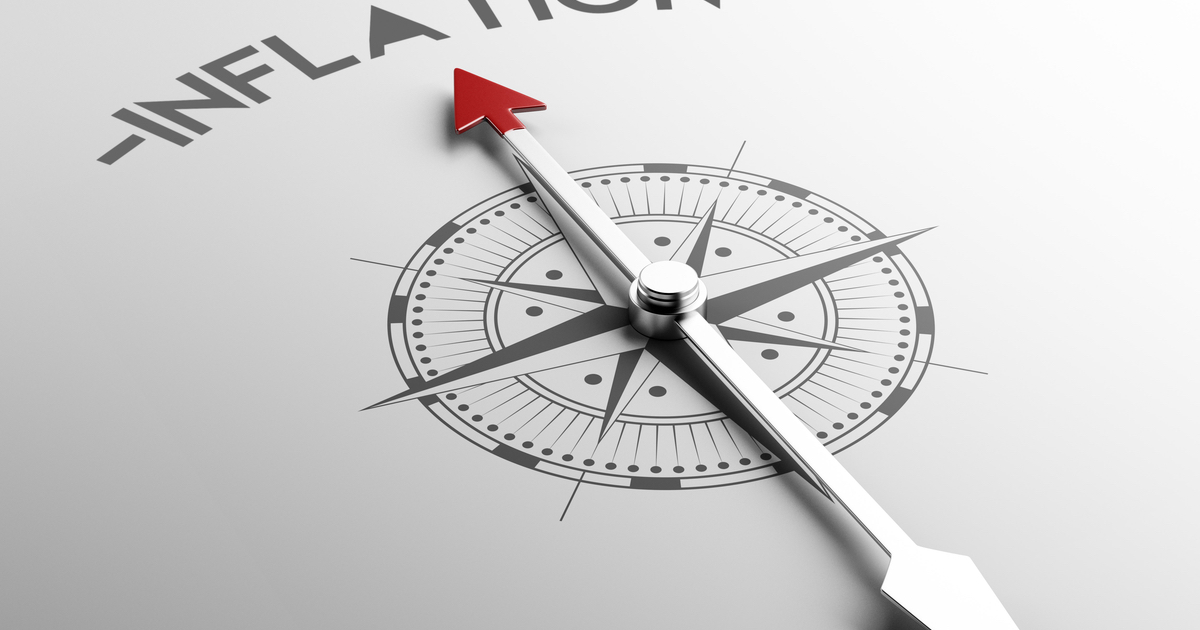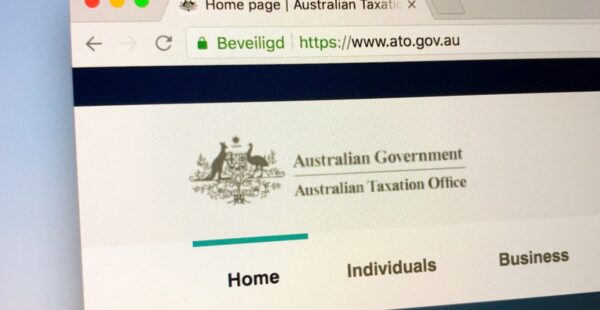New research examines psychology behind inflation

A new research paper from Amundi Asset Management has studied the psychological forces behind last year’s underestimation of inflation, after 2021 ended at seven per cent year-on-year, its highest level since 1982.
Pascal Blanqué, Group Chief Investment Officer at Amundi and author of the insights paper, wrote that people expected the inflation pick-up would be short-lived in the post-COVID economic recovery phase because few people today have memories of the great inflation period during the 70s.
“Inflation has also a critical psychological dimension that depends on powerful forces of memory and forgetfulness,” Blanqué said in the paper.
“In particular, when there is a progressive or sudden shift of focus in the most recent data it can revive some long-term memory patterns and can activate the inflationary process back into the real sphere.”
The paper highlighted how median consumer expectations for 2022 are at 4.9%, its highest point since 2008 and above the median economist estimates of 4.35%. Despite this outlook, long-term consumer and financial markets’ inflation expectations remain anchored, with market attention likely to return to past inflationary episodes like in the 70s as inflation proves to be more persistent.
Blanqué also discussed the inflationary links between the real and financial spheres which have often caused financial crises to lead to economic recessions.
“Households’ savings feed financial markets, while any financial asset disinvestment or investment payments (such as stock dividends and bonds coupon) transfer money back into the real economy where they can be deployed or moved back into the financial markets again,” he wrote.
“There is also a wealth effect coming from rising investment values that can have an indirect effect on the real economy affecting consumption and investment behaviours.”
Blanqué also said in the paper that monetary forces are another major driver of inflation expectations, recommending to investors that they assess the future direction of inflation, inflation expectations and monetary policy.
“Investors need to rethink their strategic asset allocation in order to adapt to a world of heightened uncertainty regarding inflation and central banks’ reactions,” he wrote.
“In 2022, the environment may still be supportive for risk taking. With central banks perceived as credible, real interest rates remain low and nominal rates are capped, leading to a continuation of the “buy the dips” attitude.
“However, the time to focus on the inflation resilience of portfolios is now, as an inflation surprise may materialise.”












Canberra Morons strike YET AGAIN. How about also imposing a Levy on tax payers that have to enter into a…
Only 3 types of Advisers using AMP North. The morally and or ethically bankrupt Adviser, or the adviser that pays…
AI is going to change everything within the next ten years. Many will be lucky to have jobs.
More Red Tape & more compliance costs. Let’s make Advice more affordable says Canberra = More Red Tape ALWAYS
They don't care about effectively targeting and apportioning a funding levy in a fair way. This will be like the…